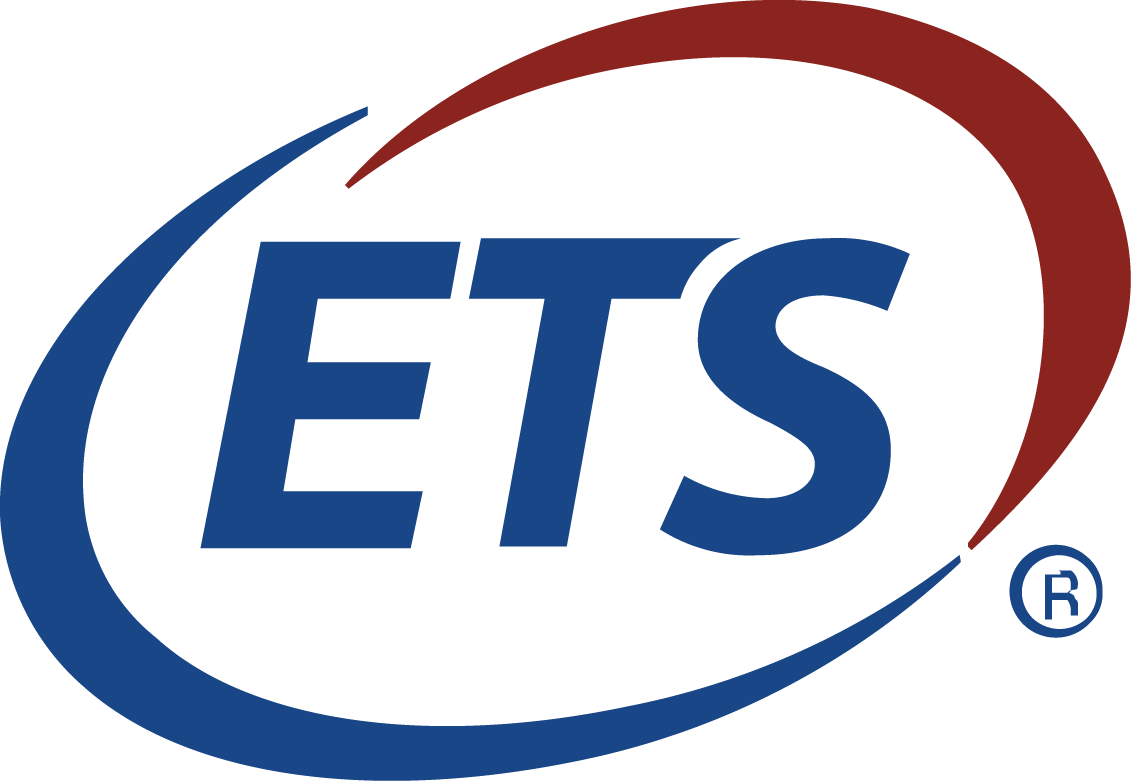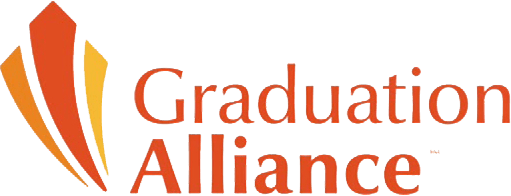Moving the Needle on Rural Education
Efforts in rural education are gaining momentum as certain states with larger rural populations contend with providing more opportunities to populations outside metropolitan limits. While statistics show a strong correlation between education and better outcomes for all citizens inside the U.S., rural education has lagged compared to its larger urban neighbors.
According to the U.S. Department of Agriculture, “Education is tied to the economic prosperity of rural people and places. The educational attainment of people living in rural (nonmetropolitan) areas has increased markedly over time but has not kept pace with urban (metropolitan) gains, especially in college and postgraduate education.” This underscores the need for increased policy measures and support mechanisms to bridge the gap that ensures equal opportunities for all students, regardless of location.
The Center for Public Education (CPE) offered an extensive report on the subject, indicating that although overall education measures have increased since the pandemic, rural areas have remained out of the loop. Research in the report points to 1 in 5 students attending rural schools in the U.S., with at least half of public schools inside rural districts of 12 states (Montana, South Dakota, Vermont, North Dakota, Maine, Alaska, Oklahoma, Nebraska, Wyoming, New Hampshire, Iowa, and Mississippi). Yet, even though 20% of students live in non-urban areas, rural schools are often excluded from broad educational research studies and policy conversations. As a result, their unique economic challenges and isolation concerns tend not to be adequately addressed, leading to increased challenges for rural communities.
Historically, education in rural areas has primarily served as a pipeline to agricultural-oriented job opportunities. While this remains a positive influence, many younger rural students demonstrate a desire to pursue various diverse intersecting employment and career objectives that are relevant in real life. Like all students, their aspirations are multi-tiered, requiring a comprehensive education system that equips them with technology skills, business know-how, and hands-on learning pathways.
Former Idaho State Superintendent of Public Instruction. President of the Council of Chief State School Officers (CCSSO) and present-day partner at Strategos Group, Tom Luna, has remained a strong proponent of solving the digital divide alongside providing students with real-life experiences inside schools. During a recent Swimming Upstream podcast with Idaho’s Teacher of the Year, Trent Van Leuven, Luna highlights the transformative offerings in rural education initiated by Van Leuven. “You’ve created opportunities for kids to receive experience in the marketplace using greenhouses to grow vegetables and flowers while also producing fish for the state. It enhances education on both the production and business sides,” says Luna.
Van Leuven recognizes a distinct benefit in allowing students to apply what they know through talking and interacting with the outside world. Leaning heavily on the adage, “To teach is to learn twice,” he has exponentially increased the learning opportunities in his school. “What I love about the greenhouse is that we teach as much as possible about the plants so that when the customers come in, the students are the experts. They are learning twice as they essentially teach the customers.” As Luna points out, with so much widespread discussion surrounding the need for kids to increase problem-solving, communication skills, and creative thinking, there is no better way to learn than to do it and share that learning with others.
Karen Breerer, a longtime educator and Discovery Education’s senior vice president of partner success, expands on today’s rural education needs in District Administrator. According to Breerer, rural areas often lack dynamic content libraries, time-saving teacher tools for scaling best practices, and insufficient access to high-quality professional learning. Today’s technology platforms offer solutions that help overcome some of the limitations of teacher shortages and inadequate resources. “Rural teachers across the country can begin to overcome hurdles to learning through the thoughtful implementation of the latest generation of edtech services,” says Breer. “Today’s digital learning platforms offer curated libraries of relevant, interesting videos, interactives, podcasts, virtual labs, and more that students can explore. Edtech services are making libraries of content that nurture the innate curiosity in all learners more accessible to rural populations.”
Undoubtedly, rural education faces a unique intersection of economic pressures and isolation, often limiting options for sufficient growth. While increased funding, policy measures, and legislative actions are necessary to move the needle, concentrating on digital concerns with advanced hands-on learning could be key to actualized progress. After all, with 20% of the U.S. population already in rural schools and increasing in number, rural education's distinctive concerns should avoid being shoehorned into existing, more urban-based solutions. Applying fresh, dedicated measures and research with thoughtful, relevant learning projects may help rural communities merge educational advancements with career opportunities for more tangible, real-world possibilities.













